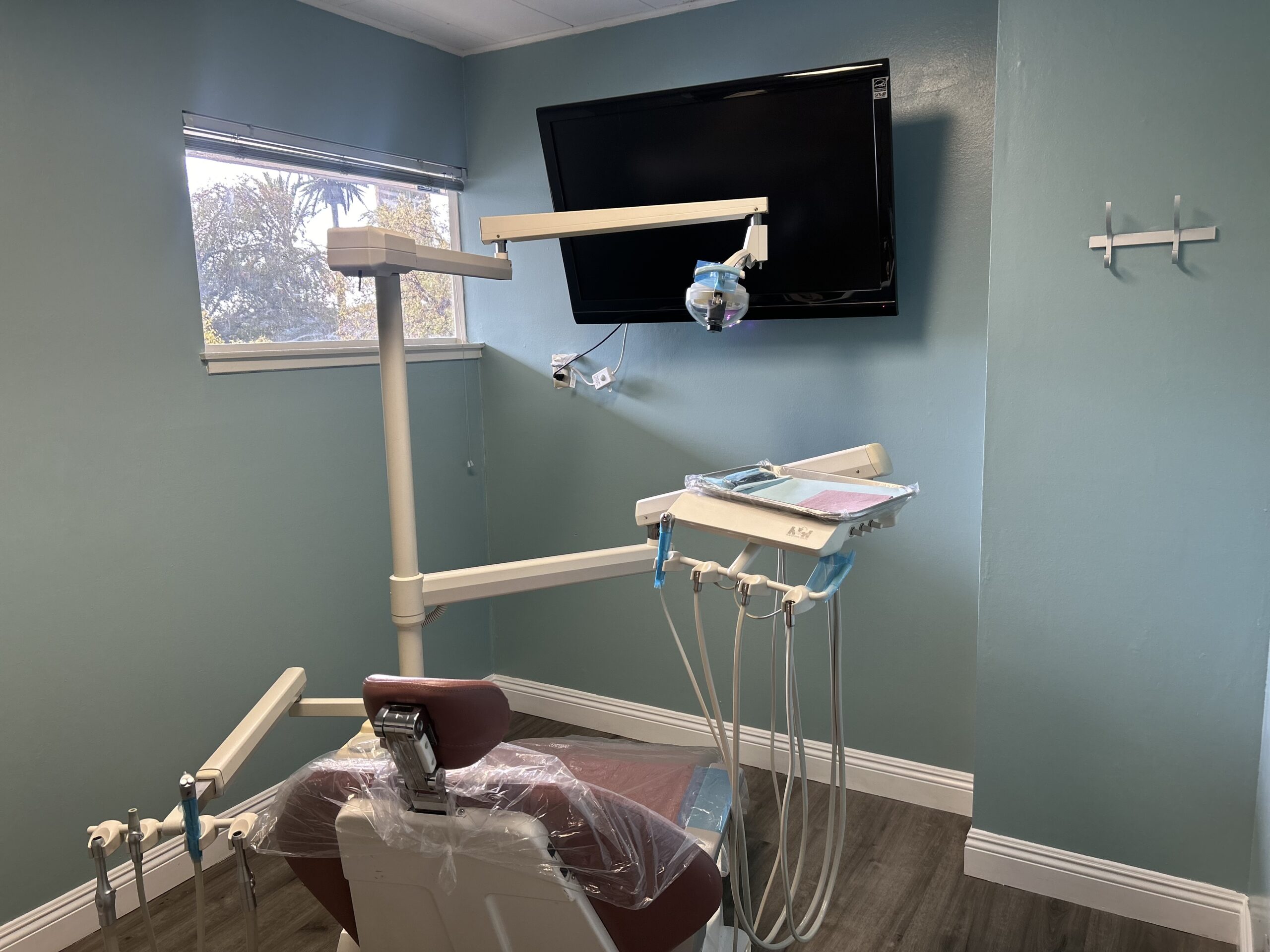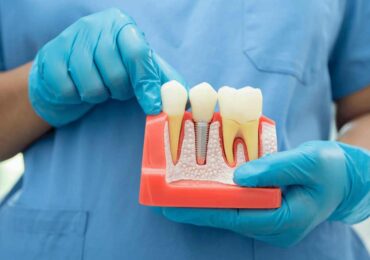When restoring a decaying tooth with dental fillings or selecting the suitable material, functionality, aesthetics, and cost are crucial considerations. Among the options available, composite resin and porcelain reign supreme because of their ability to blend seamlessly with natural teeth while providing durability and strength.
If you want to develop a more fitting restorative strategy for your teeth, understanding the unique properties of composite resin and porcelain fillings is a good way to begin. In this article, we will explore the key differences between these two materials to help you make well-informed decisions.
Understanding Dental Fillings
Various materials are used in fillings, including composite resin, porcelain, alloys, and gold, each with distinct advantages. For the sake of discussion, we will only examine the main differences between composite resin and porcelain because they are the most used materials.
Both composite resin and porcelain fillings can look quite natural, with some subtle differences:
Composite resin fillings are an excellent option for visible areas because they blend in seamlessly with natural teeth, giving them a natural appearance. They combine plastic and ceramic and can be color-matched to the surrounding teeth. While composite resin fillings can blend well, they may not perfectly match the natural sheen or texture of your teeth, and staining can be a concern over time.
Porcelain fillings can also mimic the natural translucence of teeth. However, porcelain fillings are better known for their strength and durability, making them suitable for teeth with large cavities or heavy chewing ability. These custom ceramic fillings are also stain-resistant. Compared to composite resin, though, they can be more brittle than composite resin, so there’s a slightly higher risk of chipping, especially with very large fillings. Nonetheless, porcelain fillings ensure long-term reliability and efficiency.
When choosing between composite resin and porcelain fillings, factors such as location and corrosion, aesthetic preferences, durability, and affordability considerations come into play. Let’s dive deeper into these factors in the following sections.
.
Material Characteristics and Differences
In terms of composition, porcelain fillings are made up of a carefully selected mixture of materials, including feldspar, kaolin, and quartz. These materials are blended in precise proportions to achieve specific properties, such as clarity and compressive strength.
Special additives are often included to enhance the performance of modern dental porcelains. This helps to improve the material’s resistance to crushing and wear.
Other treatments, such as veneers, inlays, dental crowns, and implants made from ceramic materials, have proven very successful in the long run.
Creating porcelain fillings is a complex process that requires a careful balance of materials and techniques. By selecting the right blend of materials and additives, dental professionals can create beautiful and long-lasting restorations.
Composite resin, on the other hand, is made from a mixture of plastic and glass particles. These materials give the implants some flexibility, allowing them to adjust to the natural movements of the tooth. In addition, the plasticity of filled resin allows for color matching with the surrounding teeth, making them ideal for visible areas where aesthetics is paramount.
Composite resin contains resin matrix, coupling agent, and promoter, with the filler being the inorganic part. Finely divided inorganic powders like barium silicate crystals are added to improve its strength and durability. These fillers also enhance wear resistance and sensitivity to radiation. Additionally, fluoride salts can be included to help prevent tooth decay by releasing fluoride into the mouth.
Both materials excel at creating a beautiful and functional tooth-like appearance. Porcelain fillings blend flawlessly with your natural teeth, while composite resin fillings can be color-matched to achieve a seamless result.
Durability and Longevity
Porcelain fillings are known for their exceptional durability and longevity. With proper care and maintenance, they can last for many years, making them a wise long-term investment. Porcelain fillings are highly resistant to cracking and expansion, which helps them maintain their shape and functionality over time.
On the other hand, resin fillings also have good longevity but may need to be replaced more frequently than porcelain fillings. Although composite resin fillings can last many years, they are not as durable as porcelain fillings. Factors such as chewing habits and oral hygiene practices can affect the lifespan of resin fillings, as they can cause the fillings to deteriorate or wear down over time.
Application and Tooth Preparation
Porcelain fillings are custom-made in a laboratory, ensuring they fit perfectly and look aesthetically pleasing. The tooth plan is adjusted during the procedure to fit the custom design, which involves extensive tooth preparation. Once the porcelain filling is complete, a special adhesive is attached to the tooth surface to keep it in place.
In contrast, composite resin fillings are applied directly to the tooth surface and shaped to match the tooth’s natural shape. This procedure is minimally invasive compared to and typically requires fewer tooth fillings compared to porcelain fillings. Resin-mixed fillings are manufactured directly onto the tooth, allowing the dentist to preserve more of the natural tooth structure, which makes it a less conservative option.
Sensitivity and Biocompatibility
When considering the sensitivity and biocompatibility, evaluating how each material interacts with the surrounding tooth structure and tissue is essential.
Porcelain fillings are known to have a lower impact on teeth when compared to composite resin fillings. They closely resemble the natural properties of teeth, which reduces the likelihood of tooth decay. This can be particularly advantageous for individuals with sensitive teeth or those who experience frequent pain after dental procedures.
On the other hand, resin fillings can initially cause some sensitivity, primarily when they are located near the root. However, this sensitivity usually subsides quickly as the teeth adjust to the new filling. Nevertheless, a study suggested that sensitivity after fillings can be caused by several things, like how the cavity is drilled, the bonding material used, and the type and placement of the filling itself.
Cost-related Questions
Porcelain fillings are typically more expensive than composite resin fillings due to the use of high-quality ceramic material and the intricate laboratory fabrication process. This custom-made nature of porcelain fillings adds to their overall expense and the need for specialized equipment and skilled technicians in a dental laboratory.
Several factors can impact the cost difference between these materials, including the treatment’s complexity and the filling’s location.
Larger cavities or teeth requiring extensive restoration may require more material and labor, increasing costs for both porcelain and composite resin fillings. The location of the filling within the mouth can also impact pricing, with fillings in more visible or challenging areas requiring additional customization or expertise, affecting the overall cost.
Key Takeaways
When comparing the two materials, porcelain fillings provide excellent strength and durability, making them ideal for long-lasting solutions. In contrast, resin fillings offer a cost-effective alternative but may require more frequent replacements due to their susceptibility to deterioration.
Both fillings are expertly crafted to mimic the look and feel of natural teeth, with a smooth texture that seamlessly integrates with the surrounding teeth. This creates a symmetrical and natural-looking appearance nearly identical to your original teeth.
Got Further Questions? Contact an Upland Dentist!
Both porcelain and composite resin fillings are considered biocompatible and safe for dental use, despite the initial sensitivity of the latter. They demonstrate excellent body tolerance and do not adversely affect gums.
Choosing the right filling can make all the difference. The choice between the two depends on your specific needs, including the location and extent of decay, aesthetic preferences, and financial considerations. To ensure the best option for your needs and preferences, discussing it with your dentist in Upland, California, is always best.
At Upland Dental Practice, our experienced team is ready to provide personalized guidance and high-quality care for all your restorative dental needs. Don’t hesitate to schedule an appointment today to learn more about composite resin and porcelain filling options. Your dental health deserves nothing less than the best!
Got further questions?
Recent Articles
- 1
- 2
- 3
- 4
- 5
- 6
- 7
- 8
- 9











